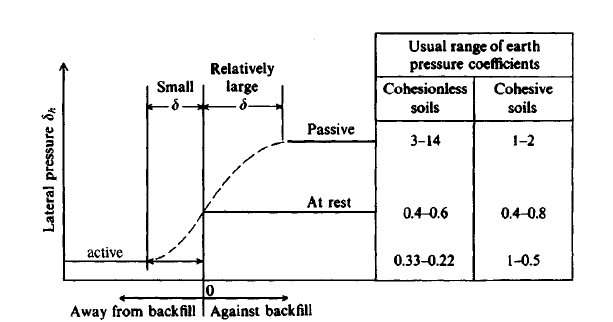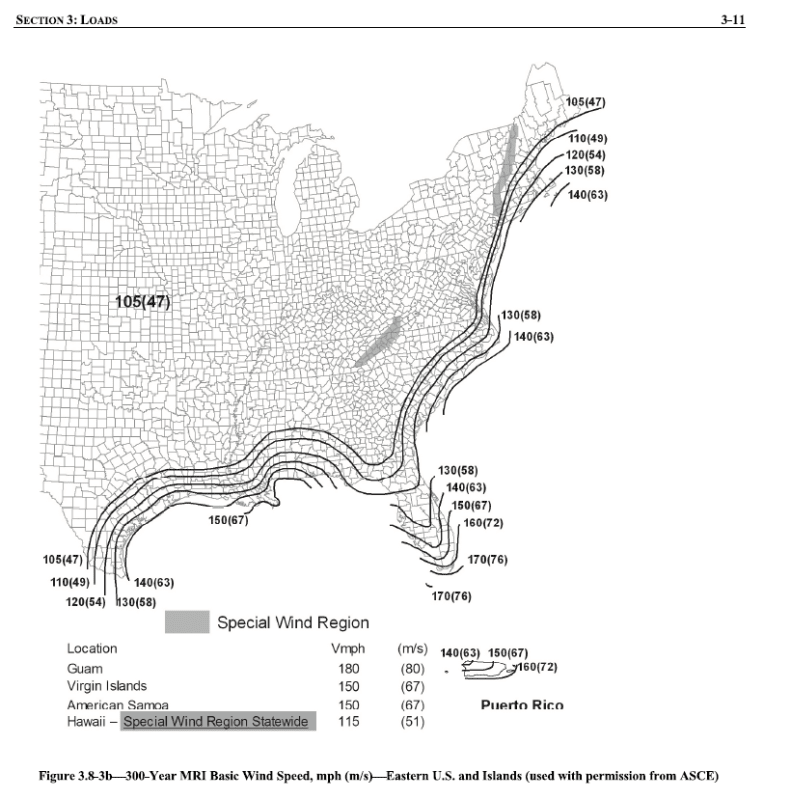BW_Engineer
Civil/Environmental
thread507-367772
I have a client wanting a design for a shallow precast sign foundation. A prior engineer on the project utilized soil pressure (from the backfill) to resist sliding and overturning from wind, seismic, and impact. This is contrary to what I know is correct (for overturning at least). In my search for answers to justify this approach I came across the above referenced thread which bolstered my position. I also came across the white paper from Bently (link below) that details how to use their software to utilize the soil pressure for just this purpose.
Granted with the software you can opt to use or not use the soil pressure but why even have it as an option for spread footings? Is there any code I can reference for my client that expressly prohibits or discourages the use of soil pressure to resist overturning?
Thanks in advance for your thoughts/comments....first time commenting on the site but have followed many conversations and gleaned a lot of information over the years.
I have a client wanting a design for a shallow precast sign foundation. A prior engineer on the project utilized soil pressure (from the backfill) to resist sliding and overturning from wind, seismic, and impact. This is contrary to what I know is correct (for overturning at least). In my search for answers to justify this approach I came across the above referenced thread which bolstered my position. I also came across the white paper from Bently (link below) that details how to use their software to utilize the soil pressure for just this purpose.
Granted with the software you can opt to use or not use the soil pressure but why even have it as an option for spread footings? Is there any code I can reference for my client that expressly prohibits or discourages the use of soil pressure to resist overturning?
Thanks in advance for your thoughts/comments....first time commenting on the site but have followed many conversations and gleaned a lot of information over the years.


